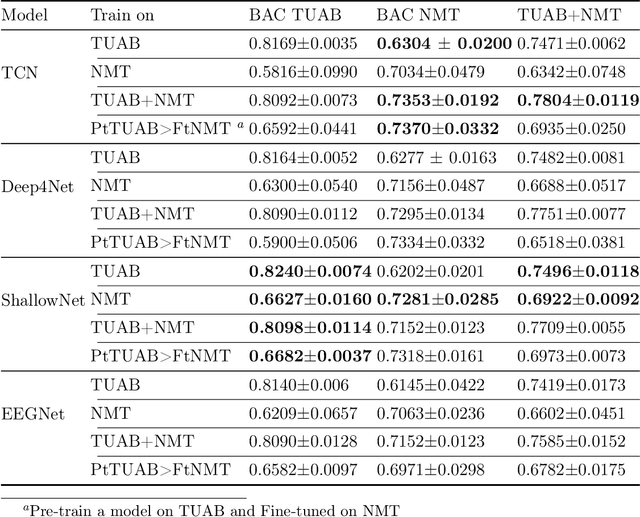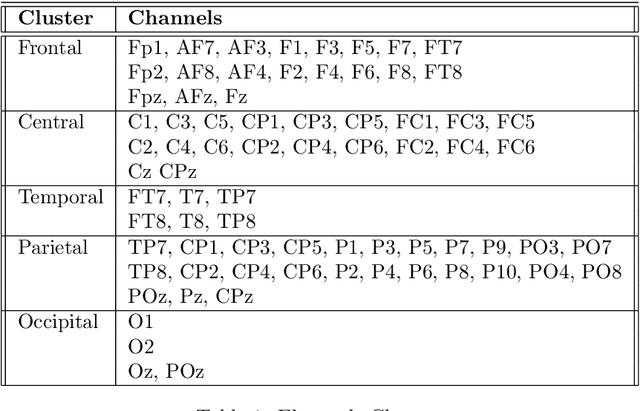Jocelyn Faubert
Multi-person Physics-based Pose Estimation for Combat Sports
Apr 11, 2025Abstract:We propose a novel framework for accurate 3D human pose estimation in combat sports using sparse multi-camera setups. Our method integrates robust multi-view 2D pose tracking via a transformer-based top-down approach, employing epipolar geometry constraints and long-term video object segmentation for consistent identity tracking across views. Initial 3D poses are obtained through weighted triangulation and spline smoothing, followed by kinematic optimization to refine pose accuracy. We further enhance pose realism and robustness by introducing a multi-person physics-based trajectory optimization step, effectively addressing challenges such as rapid motions, occlusions, and close interactions. Experimental results on diverse datasets, including a new benchmark of elite boxing footage, demonstrate state-of-the-art performance. Additionally, we release comprehensive annotated video datasets to advance future research in multi-person pose estimation for combat sports.
VFA: Vision Frequency Analysis of Foundation Models and Human
Sep 09, 2024



Abstract:Machine learning models often struggle with distribution shifts in real-world scenarios, whereas humans exhibit robust adaptation. Models that better align with human perception may achieve higher out-of-distribution generalization. In this study, we investigate how various characteristics of large-scale computer vision models influence their alignment with human capabilities and robustness. Our findings indicate that increasing model and data size and incorporating rich semantic information and multiple modalities enhance models' alignment with human perception and their overall robustness. Our empirical analysis demonstrates a strong correlation between out-of-distribution accuracy and human alignment.
Amplifying Pathological Detection in EEG Signaling Pathways through Cross-Dataset Transfer Learning
Sep 19, 2023



Abstract:Pathology diagnosis based on EEG signals and decoding brain activity holds immense importance in understanding neurological disorders. With the advancement of artificial intelligence methods and machine learning techniques, the potential for accurate data-driven diagnoses and effective treatments has grown significantly. However, applying machine learning algorithms to real-world datasets presents diverse challenges at multiple levels. The scarcity of labelled data, especially in low regime scenarios with limited availability of real patient cohorts due to high costs of recruitment, underscores the vital deployment of scaling and transfer learning techniques. In this study, we explore a real-world pathology classification task to highlight the effectiveness of data and model scaling and cross-dataset knowledge transfer. As such, we observe varying performance improvements through data scaling, indicating the need for careful evaluation and labelling. Additionally, we identify the challenges of possible negative transfer and emphasize the significance of some key components to overcome distribution shifts and potential spurious correlations and achieve positive transfer. We see improvement in the performance of the target model on the target (NMT) datasets by using the knowledge from the source dataset (TUAB) when a low amount of labelled data was available. Our findings indicate a small and generic model (e.g. ShallowNet) performs well on a single dataset, however, a larger model (e.g. TCN) performs better on transfer and learning from a larger and diverse dataset.
Significant changes in EEG neural oscillations during different phases of three-dimensional multiple object tracking task (3D-MOT) imply different roles for attention and working memory
Jul 29, 2022



Abstract:Our ability to track multiple objects in a dynamic environment enables us to perform everyday tasks such as driving, playing team sports, and walking in a crowded mall. Despite more than three decades of literature on multiple object tracking (MOT) tasks, the underlying and intertwined neural mechanisms remain poorly understood. Here we looked at the electroencephalography (EEG) neural correlates and their changes across the three phases of a 3D-MOT task, namely identification, tracking and recall. We recorded the EEG activity of 24 participants while they were performing a 3D-MOT task with either 1, 2 or 3 targets where some trials were lateralized and some were not. We observed what seems to be a handoff between focused attention and working memory processes when going from tracking to recall. Our findings revealed a strong inhibition in delta and theta frequencies from the frontal region during tracking, followed by a strong (re)activation of these same frequencies during recall. Our results also showed contralateral delay activity (CDA) for the lateralized trials, in both the identification and recall phases but not during tracking.
Deep learning-based electroencephalography analysis: a systematic review
Jan 20, 2019



Abstract:Electroencephalography (EEG) is a complex signal and can require several years of training to be correctly interpreted. Recently, deep learning (DL) has shown great promise in helping make sense of EEG signals due to its capacity to learn good feature representations from raw data. Whether DL truly presents advantages as compared to more traditional EEG processing approaches, however, remains an open question. In this work, we review 156 papers that apply DL to EEG, published between January 2010 and July 2018, and spanning different application domains such as epilepsy, sleep, brain-computer interfacing, and cognitive and affective monitoring. We extract trends and highlight interesting approaches in order to inform future research and formulate recommendations. Various data items were extracted for each study pertaining to 1) the data, 2) the preprocessing methodology, 3) the DL design choices, 4) the results, and 5) the reproducibility of the experiments. Our analysis reveals that the amount of EEG data used across studies varies from less than ten minutes to thousands of hours. As for the model, 40% of the studies used convolutional neural networks (CNNs), while 14% used recurrent neural networks (RNNs), most often with a total of 3 to 10 layers. Moreover, almost one-half of the studies trained their models on raw or preprocessed EEG time series. Finally, the median gain in accuracy of DL approaches over traditional baselines was 5.4% across all relevant studies. More importantly, however, we noticed studies often suffer from poor reproducibility: a majority of papers would be hard or impossible to reproduce given the unavailability of their data and code. To help the field progress, we provide a list of recommendations for future studies and we make our summary table of DL and EEG papers available and invite the community to contribute.
 Add to Chrome
Add to Chrome Add to Firefox
Add to Firefox Add to Edge
Add to Edge